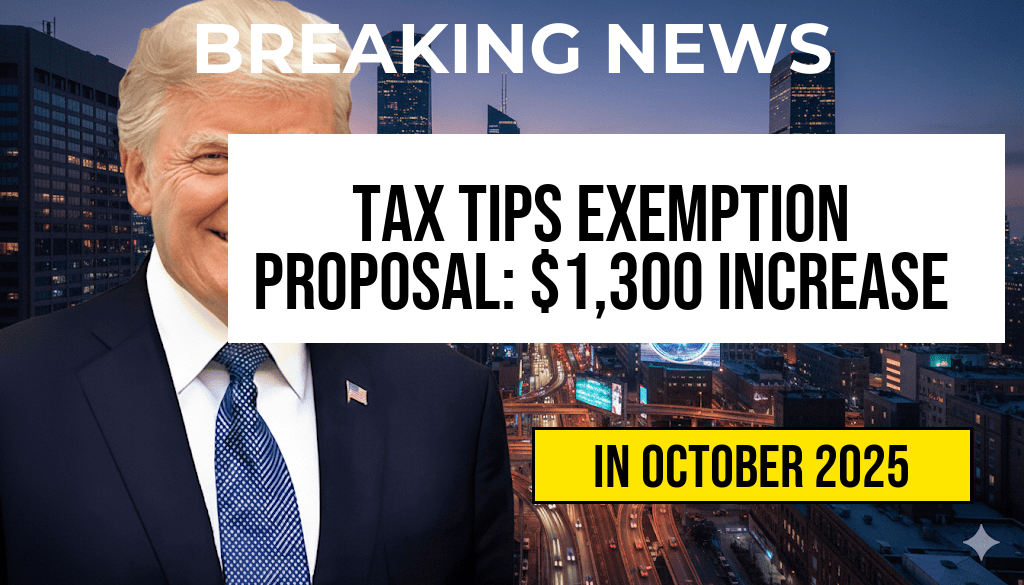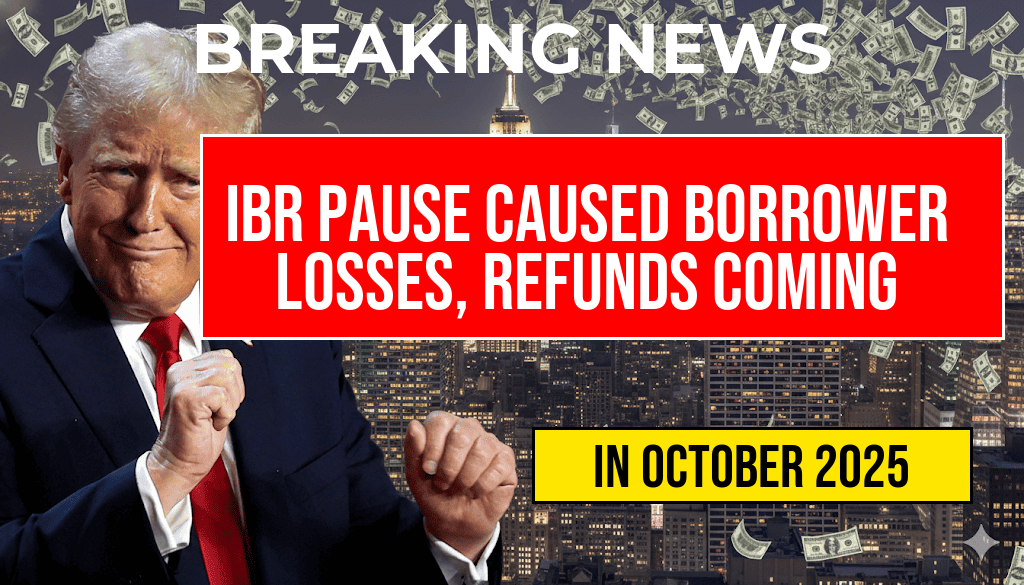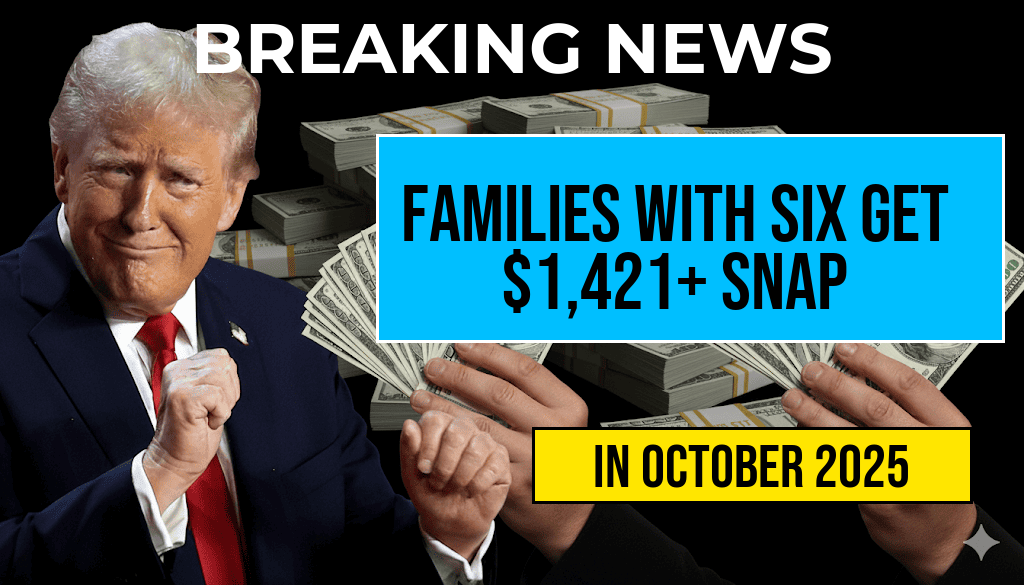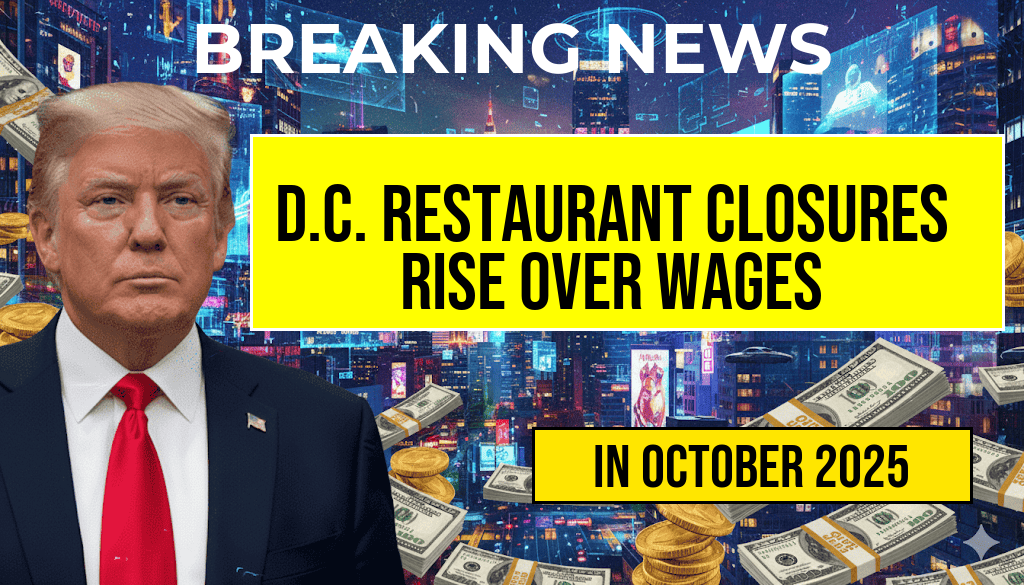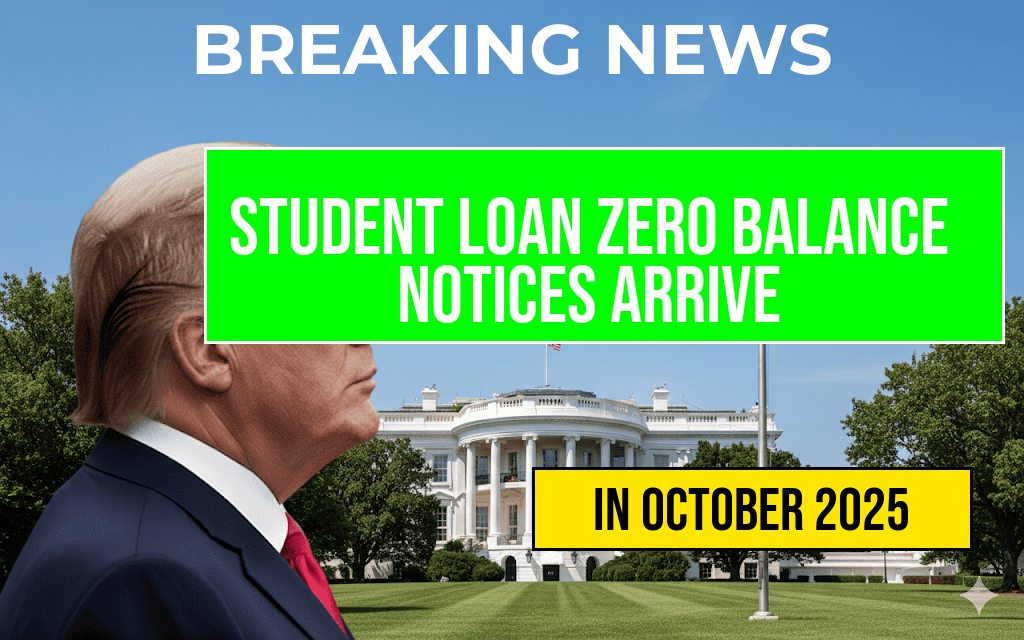IBR Pause Causes Financial Hardship for Borrowers, Promising Refunds in the Future
Hundreds of borrowers have reported unexpected financial setbacks after the suspension of Income-Based Repayment (IBR) plans by the Department of Education earlier this year. Many say they faced significant losses, sometimes amounting to hundreds of dollars, due to the pause in their repayment options. While the department has acknowledged these issues and committed to issuing refunds, no specific timeline has been provided for when affected borrowers can expect to see their money returned. The disruption highlights ongoing concerns about the stability and transparency of federal student loan programs, especially during periods of administrative transition and policy adjustments.
Background on the IBR Program and Recent Suspension
The Income-Based Repayment (IBR) plan is designed to make student loan payments more manageable by capping monthly obligations based on income and family size. Established to alleviate debt burdens for millions of borrowers, IBR has been a cornerstone of federal student aid programs for over a decade.
Earlier this year, the Department of Education announced a temporary suspension of new enrollments and certain modifications to existing IBR plans, citing administrative challenges and a transition to new loan servicing systems. While intended to improve long-term service delivery, the pause inadvertently caused confusion and financial complications for many borrowers who rely on flexible repayment options.
How Borrowers Were Affected
Several borrowers reported that during the suspension period, their payments either halted unexpectedly or were misapplied, leading to late fees, increased interest accrual, or credit score impacts. Some individuals discovered that their repayment plans had been disrupted without prior notice, resulting in unpaid balances or default warnings.
| Borrower Type | Reported Losses | Details |
|---|---|---|
| Recent Graduates | $200–$500 | Missed credits due to delayed payments during the suspension |
| Low-Income Borrowers | Up to $1,000 | Interest accumulation without corresponding payments |
| Defaulted or Near-Defaulted Borrowers | Varied; some over $1,000 | Increased penalties and damage to credit reports |
Department of Education’s Response and Refund Promises
In a statement issued last week, the Department of Education acknowledged the disruptions caused by the IBR pause and committed to rectifying the situation. A spokesperson explained that the department is actively working to process refunds for those impacted, though no definitive date has been provided for the completion of this process.
“We understand the burden this has placed on borrowers and are prioritizing the review of affected accounts,” the spokesperson said. “Once the review is complete, refunds will be issued automatically to eligible borrowers. We are working diligently to establish a timeline and will communicate updates as they become available.”
Despite the assurances, many borrowers remain uncertain about when they will receive reimbursement or how the refunds will be calculated, fueling frustration and calls for more transparency from federal agencies.
Challenges and Next Steps for Borrowers
Borrowers affected by the IBR pause are advised to review their account statements carefully and contact their loan servicers for clarification. Experts recommend documenting all communication and keeping records of any discrepancies or financial losses incurred during the suspension period.
- Check account statements for unexplained charges or missed credits
- Reach out to loan servicers for detailed explanations and documentation
- Monitor official Department of Education updates for refund timelines
- Consider seeking assistance from consumer advocacy groups if issues persist
Broader Implications for Federal Student Loan Management
The disruptions caused by the IBR pause underscore the fragile nature of federal student aid systems, especially amid administrative transitions and policy shifts. Critics argue that more robust contingency planning and clearer communication channels are necessary to prevent similar issues in the future. As the Biden administration continues to explore broader student loan reforms, including potential debt forgiveness and repayment restructuring, the handling of these interim problems could influence public confidence in the system.
For now, affected borrowers await clarity on when they can expect refunds and how their financial standing might be restored. As the Department of Education finalizes its review process, many are hopeful that the disruptions will be addressed swiftly and equitably, restoring trust in federal student loan programs.
For additional information on student loan repayment options and borrower rights, visit StudentAid.gov or consult consumer advocacy resources such as the Consumer Financial Protection Bureau.
Frequently Asked Questions
Question
What caused the IBR pause and how did it affect borrowers?
Question
How many borrowers experienced financial losses due to the IBR pause?
Question
Will borrowers receive refunds for the losses incurred during the IBR pause?
Question
Is there a scheduled date when refunds will be issued to affected borrowers?
Question
What steps should borrowers take to ensure they receive their refunds once the date is announced?

